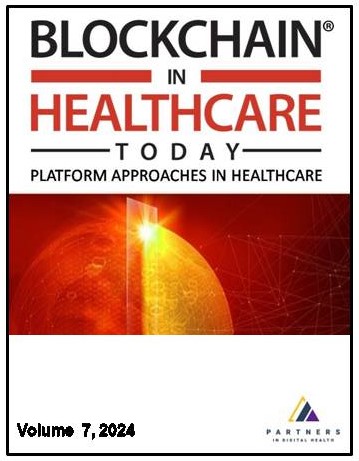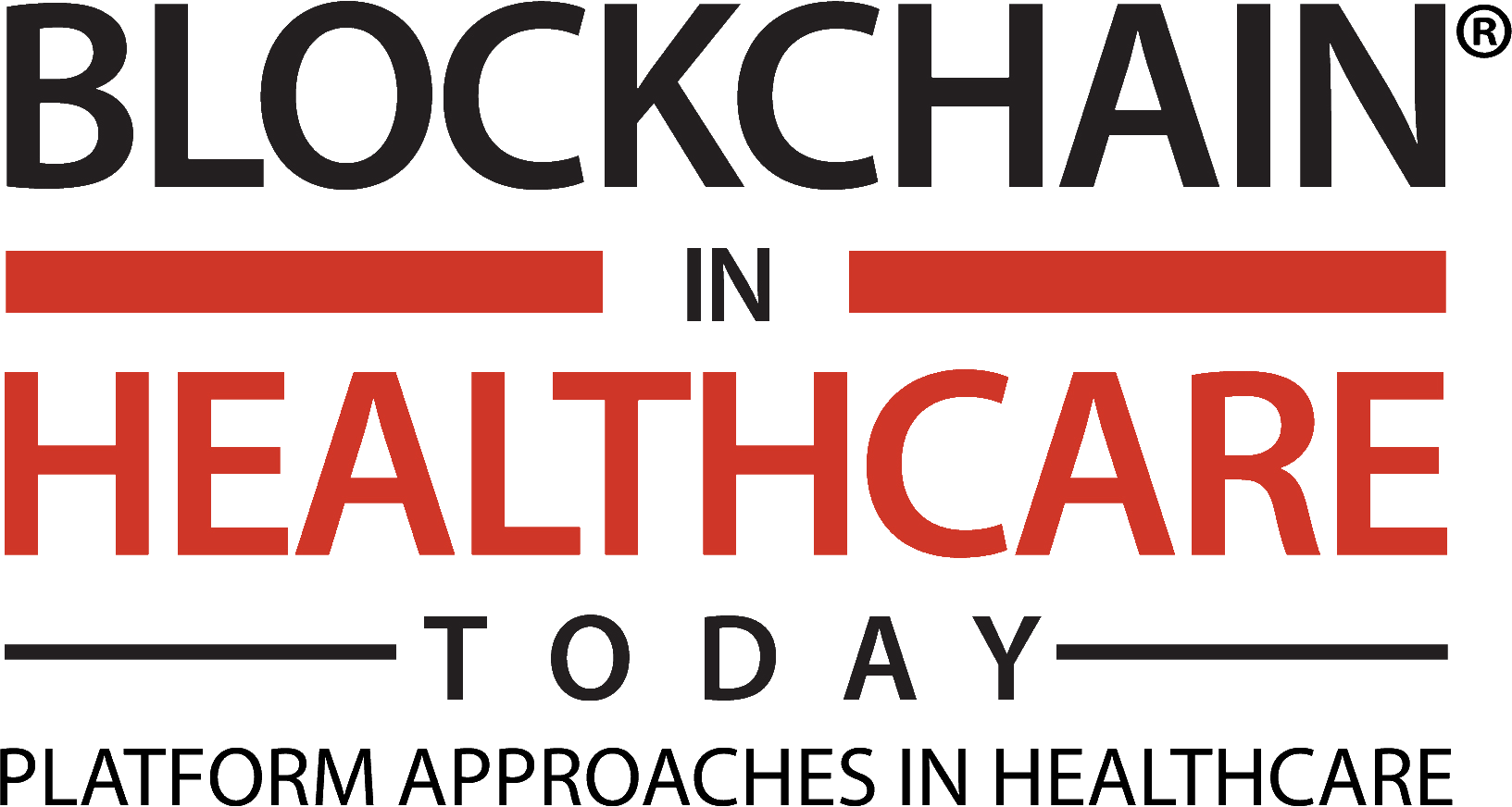
Additional files
More articles from Volume 5, Issue 3, 2022
Introduction and Industry Commentary
Quantum Techniques and Technologies for Cybersecurity in Healthcare
De-Centralized Identity Management For Virtualized Healthcare
Blockchain Applied To Network Science: Toward Implementing Multilevel Blockchain-Based Network Intervention To Address Health Inequity In Healthcare Delivery System
Improving Transitions of Care: Designing a Blockchain Application for Patient Identity Management
Article views
Blockchain Applications Presentation Commentry
Abstract
The 2021 ConV2X Annual Symposium featured a scientific program of academic/research presentations in addition to business and industry talks. The research track focused on exploring and sharing developments in blockchain and emerging technologies in health and clinical medicine. Submissions were based on original research, conceptual frameworks, proposed applications, position papers, case studies, and real-world implementation. Selection was based on a peer-review process. Faculty, students, and industry researchers were encouraged to submit abstracts to present ideas before an informed and knowledgeable audience of industry leaders, policy makers, funders, and researchers.
All presentations were reviewed by a sub-group of the scientific reveiw committee. This video presentation is an example of the discussions that transpired for each category of submissions, specifically, blockchain applications.
Submission Review Committee
- Dave Kochalko, CEO of ARTiFACTS
- Anjum Khurshid, UT Austin
- Carlos Caldas, UT Engineering
- Gil Alterovitz, Harvard Medical School
- Kayo Fujimoto, UT Health Houston
- Lei Zhang, University of Glasglow
- Sean Manion, CSciO of ConsenSys Health
- Vijayakuman Varadarajan, University of South Wales
- Vikram Dhillon, Wayne State University
- Yuichi Ikeda, Kyoto University
Keywords
Citation
Copyright
This is an open access article distributed under the Creative Commons Attribution License which permits unrestricted use, distribution, and reproduction in any medium, provided the original work is properly cited.
Article metrics
The statements, opinions and data contained in the journal are solely those of the individual authors and contributors and not of the publisher and the editor(s). We stay neutral with regard to jurisdictional claims in published maps and institutional affiliations.

